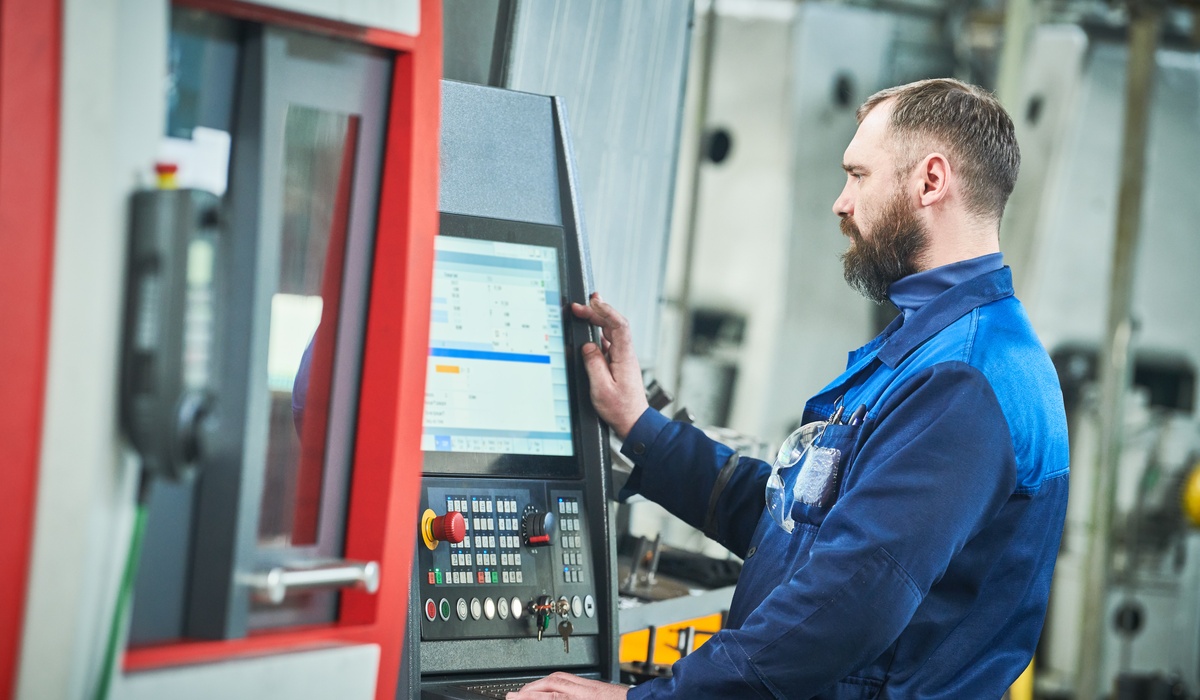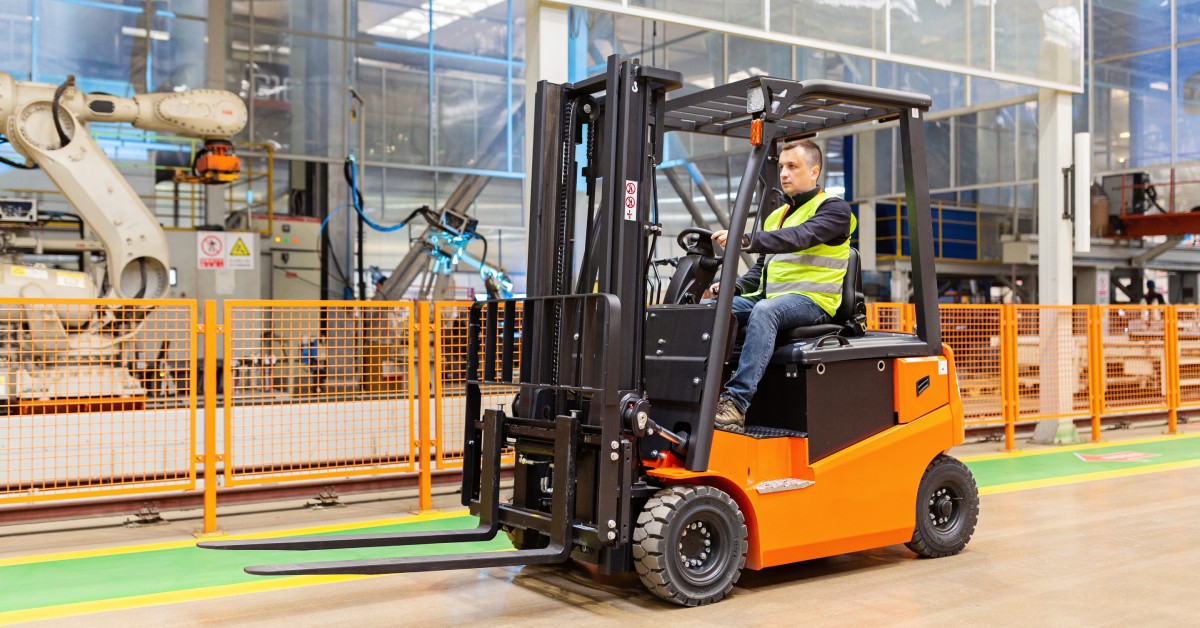Manufacturing has reached a pivotal moment. Companies across sectors demand components that meet increasingly stringent specifications while maintaining cost-effectiveness and speed. Traditional machining methods often fall short of these expectations, creating bottlenecks that ripple through entire production chains.
5-axis CNC machining is revolutionizing industries by addressing these challenges head-on. This technology allows cutting tools to move along five different axes simultaneously, creating intricate geometries that were previously impossible or prohibitively expensive to produce. The result transforms how industries approach complex manufacturing challenges.
5-axis CNC machining delivers precision levels that revolutionize product design possibilities. Engineers can now create components with complex curved surfaces, undercuts, and intricate internal geometries in single setups. This capability eliminates the need for multiple fixtures and repositioning, which traditionally introduced accumulated tolerances and potential errors.
Aerospace manufacturers exemplify this transformation. They produce turbine blades with complex twisted geometries that optimize airflow while maintaining structural integrity. Medical device companies create custom implants that perfectly match patient anatomy. These achievements stem from the technology’s ability to maintain consistent tool orientation relative to the workpiece surface.
Speed advantages emerge from 5-axis machining’s ability to complete complex parts in fewer setups. Traditional 3-axis machining often requires multiple operations, each demanding new fixtures, tool changes, and quality inspections. Each transition introduces potential delays and quality risks.
5-axis systems complete most operations in single setups, dramatically reducing cycle times. Manufacturers report lead time reductions of 40 to 60 percent for complex components. This acceleration proves particularly valuable in industries where time-to-market determines competitive advantage.
Surface quality improvements represent another revolutionary aspect of 5-axis machining. The technology maintains optimal cutting angles throughout the machining process, reducing tool deflection and chatter. This consistency produces superior surface finishes that often eliminate secondary finishing operations.
Companies providing total machining solutions from beginning to end leverage this advantage to streamline their entire production process. They combine precision machining with reduced post-processing requirements, delivering finished components faster and more cost-effectively.
Automotive manufacturers use 5-axis CNC machining to revolutionize engine components, transmission housings, and lightweight structural elements. The technology enables them to create parts with optimal strength-to-weight ratios while meeting strict dimensional requirements.
Energy sector applications include wind turbine components, oil and gas drilling equipment, and nuclear reactor parts. These industries require components that withstand extreme conditions while maintaining precise tolerances over extended service lives.
Defense contractors rely on 5-axis machining for critical components in aircraft, naval vessels, and ground vehicles. The technology’s precision and repeatability ensure components meet rigorous military specifications while reducing production timelines.
Industry experts predict continued expansion of 5-axis machining capabilities. Software advances enable more sophisticated toolpath optimization, while machine improvements enhance speed and accuracy. Integration with Industry 4.0 technologies creates smart manufacturing systems that self-optimize based on real-time performance data.
The economic impact extends beyond individual manufacturers. Supply chains become more responsive as companies reduce inventory requirements through faster, more flexible production capabilities. This transformation affects everything from product development cycles to customer satisfaction levels.









